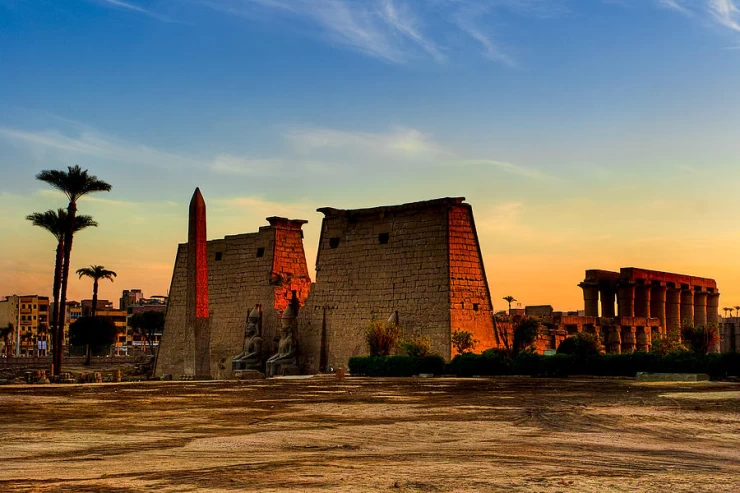
Easter in Egypt
Sham Al-Nasim is an Egyptian national holiday marking the beginning of spring. It originated from the ancient Egyptian Shemu festival. The smell of the breeze always falls on the day after the Eastern Christian Easter (following the traditions of the largest Christian denomination in the country, the Coptic Orthodox).
Despite its date associated with Christianity, Sham el-Nissim is a holiday celebrated by Egyptians of all faiths, so it is considered a national festival, not a religious one. The main characteristics of the Feast are:
People spend all day strolling in green spaces, parks, on the Nile or in the zoo.
The traditional food eaten on this day consists mainly of fesikh (dried salted gray mullet), lettuce, green onions, thermos and colored boiled eggs.
This festival has been celebrated at the national level by all Egyptians since ancient times, dating back to ancient Egyptian times, as it was associated with the agricultural background of the ancient Egyptians, which originated from Shmu.
Ancient Egypt
The Egyptians celebrated the smell of the breeze for the first time during the ancient Egyptian era (about 2700 BC) and continued to celebrate it during the Ptolemaic era, the Roman era, the Middle Ages and to the present day. According to records written by Plutarch during the first century AD, the ancient Egyptians used to offer salted fish, lettuce and onions to their gods during the spring festival known as Shmu .
The stability of Eid after the Christianization of Egypt.
After the Christianization of Egypt, the festival became associated with another Christian Spring Festival, Easter. Over time, Shmu turned into its current form and current history. The date of Easter, and therefore Easter Monday, is determined according to the Eastern Christian method of calculation used by the Coptic Orthodox Church, the largest Christian denomination in the country.
Islamic conquest of Egypt
Christian Egyptians undoubtedly played a role in preserving the festival through their cultural agency, which was very limited after the conversion to Islam in Egypt, but this cannot be considered a reason why Muslim Egyptians collectively celebrate the holiday. Exactly the same as the traditions of ancient Egyptian celebrations, in addition, if the Muslim Egyptians perceived the festival as having Christian origins or it was celebrated only by Christians, they would have stopped celebrating it.















